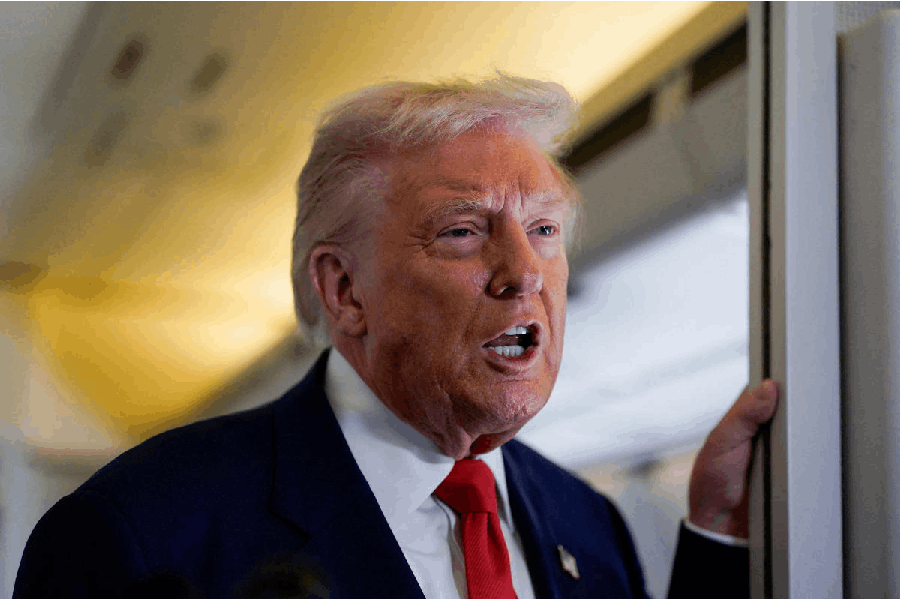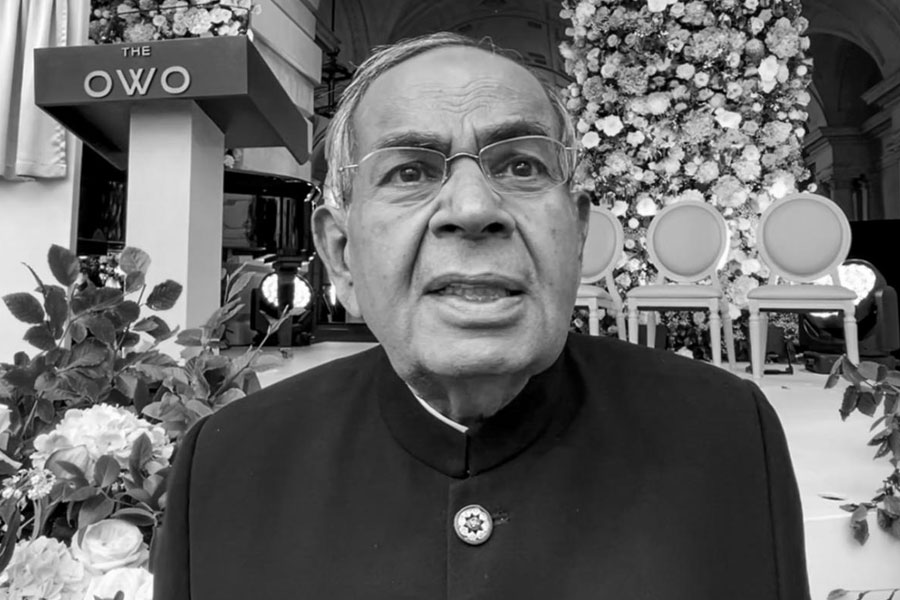Nations negotiating trade deals with the US will keenly follow the oral arguments to play out in the US Supreme Court on Wednesday in Learning Resources vs Trump, President of the US, case, as it may provide vital cues to their approach in days to come.
The case will explore whether President Trump’s sweeping imposition of reciprocal tariffs was an act of executive overreach or economic imperative.
India faces a 25 per cent tariff on roughly two-thirds of its merchandise exports to the US under reciprocal trade measures, with an additional 25 per cent penalty imposed over its continued purchases of Russian oil — a combination that makes New Delhi among the hardest-hit economies globally by American trade barriers.
Three lower courts have so far adjudicated that the President has exceeded his lawful authority under International Emergency Economic Powers Act, 1977 to impose the tariffs. All eyes would now be on the 6-3 conservative majority Supreme Court — a setback for Trump at the apex court could be a relief for negotiating nations. A win, of course, will strengthen Trump’s bargaining power.
In the reply to the Supreme Court filed on Friday by Donald Trump in the case, the US department of Justice (DoJ) said Trump ‘leveraged’ IEEPA to get trade deals with many countries, the latest being China.
“Plaintiffs would unwind trade arrangements worth trillions of dollars, as President Trump has leveraged the IEEPA tariffs into negotiated framework deals with major trading partners — including the European Union, the United Kingdom, Japan, South Korea and now China,” the DoJ said in the reply.
It argued that the plaintiffs (Learning Resources, V.O.S Selections Inc) were seeking a ruling “that would effectively disarm the President in the highly competitive arena of international trade, stymie negotiations” and “expose America to the “risk of retaliation” without adequate defences”.
The Trump administration argued that the cumulative trade deficit of $1.2 trillion faced by the US is ‘an ongoing economic emergency of historic proportion’ which has brought America to the ‘brink of a major economic and national security catastrophe.’
The US goods trade deficit with India was $45.8 billion in 2024, a 5.9 per cent increase ($2.6 billion) over 2023, according to the office of the US Trade Representative.
If the apex court upholds the lower court rulings, it could invalidate more than $100 billion in duties and force their withdrawal, even as the Trump administration has hinted at Plan B to impose tariffs again. However, the Supreme Court has reversed around two dozen preliminary nationwide injunctions imposed by lower courts.
Ajay Srivastava, founder of Global Trade Research Initiative, told The Telegraph, “The decision would unravel the foundation of several recently negotiated trade arrangements with key partners such as the EU, Japan, South Korea and the UK — all of which were struck under the shadow of those tariffs and premised on reciprocal concessions.”
“It would also disrupt ongoing talks with India, where tariff leverage has shaped Washington’s negotiating position.”











